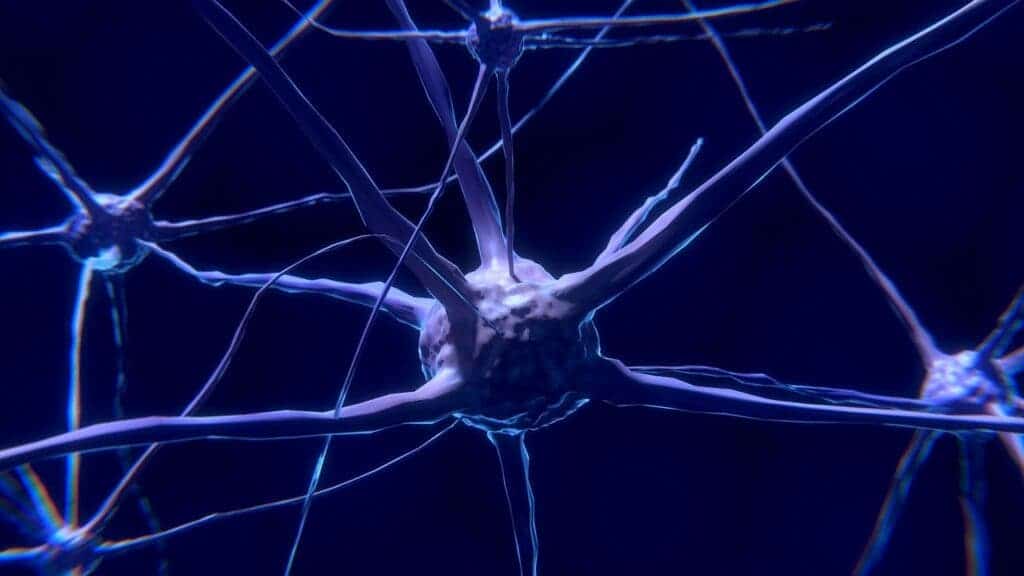Researchers at Arizona State University are homing in on a new and excitingly efficient cure against the motor symptoms of Parkinson’s disease. While promising, their results so far have only been obtained from lab rats.

Parkinson’s disease is a neurodegenerative disease that affects over 10 million people worldwide. Like other conditions of its kind, it leads to neurons becoming damaged or destroyed altogether, leading to significant symptoms and substantial declines in patients’ quality of life.
The most obvious symptoms of Parkinson’s are uncontrollable movements, shaking, stiffness, and difficulty with balance and coordination. They are caused by damage to a specific group of neurons in the midbrain whose job (among others) is to produce dopamine, a key neurotransmitter. These motor impairments, according to the team, can be reversed using stem-cell-derived neural grafts — at least in the brains of mice.
Replacement neurons
“We cannot be more excited by the opportunity to help individuals who suffer from this genetic form of Parkinson’s disease, but the lessons learned from this trial will also directly impact patients who suffer from sporadic, or non-genetic forms of this disease,” says Jeffrey Kordower, corresponding author of the paper.
The team’s study describes a process through which non-neuronal cells can be converted into functioning neurons that can connect to the living brain after implantation, form synapses, secrete dopamine, and overall restore some of the brain’s functions that are impaired by Parkinson’s. The proof-of-concept study, which worked with lab rats, shows which type of stem cells are the best for the task and the efficiency of brain grafts based on these cells in treating the motor symptoms of Parkinson’s.
Adult stem cells fall within one of two categories: one is naturally occurring in tissues like bone marrow, skin, or the liver. These are few in number and are tasked with developing into cells of their respective tissue. The second category, which was the focus of this study, is known as induced pluripotent stem cells (iPSCs). These are grown from red blood cells after treatment with specific reprogramming factors. The cells then revert to the state of embryonic stem cells, after which they are treated with yet other factors, causing them to differentiate into whatever mature cell type is desired.
For the study, the team cultured iPSCs for 17, 24, and 37 days. While all batches successfully transformed into the desired type of neurons, those cultured for 17 days proved themselves to be the best at the task. The neurons that developed from this batch survived for longer and in greater numbers than the rest, and grew longer axons and dendrites. Axons and dendrites are the ‘wiring’ that connects neurons in the brain, allowing them to interact, transmit, and process information.
Rats who received grafts made with the 17-day iPSCs showed ‘remarkable’ recovery from the motor symptoms of Parkinson’s, although this effect was dose-dependent. Animals who only received a small number of cells showed minimal improvements, but those who received larger grafts showed more developed neural branching and complete reversal of the symptoms.
“That’s important,” Kordower says, “because they’re going to have to grow long distances in the larger human brain and we now know that these cells are capable of doing that.”
The team plans to expand their research to human subjects in the future. At first, they will focus on patients whose condition is caused by the Parkin mutation, as they suffer the motor symptoms which characterize the disease but not the cognitive decline or dementia associated with it. They would be ideal to prove that cell replacement therapy is effective at treating Parkinson’s motor symptoms; if this round of testing is successful, the team plans to expand this approach to other groups of Parkinson’s patients as well.
In the long run, the team believes their therapy will be combined with existing options to better treat the disease. For example, after a patient’s brain has been seeded with the replacement cells, low doses of Parkinson’s medication such as L-DOPA could be administered (which would mitigate the significant side-effects of such drugs) to offer the best outcome. The approach could also prove valuable for other neurodegenerative diseases, as well.
“Patients with Huntington’s disease or multiple system atrophy or even Alzheimer’s disease could be treated in this way for specific aspects of the disease process,” Kordower says.
The paper “Optimizing maturity and dose of iPSC-derived dopamine progenitor cell therapy for Parkinson’s disease” has been published in the journal Regenerative Medicine.









